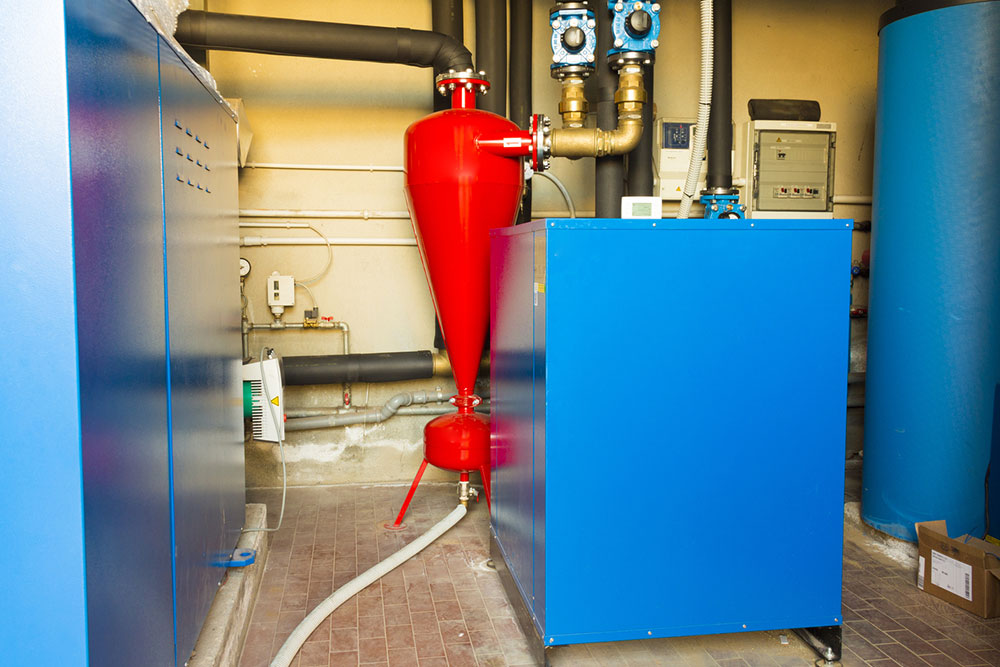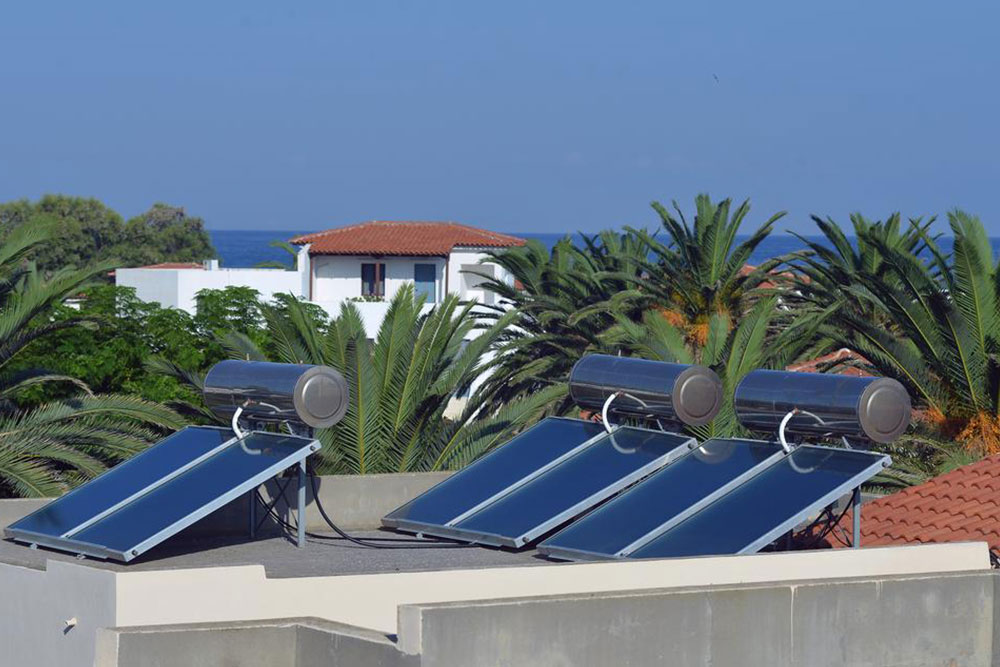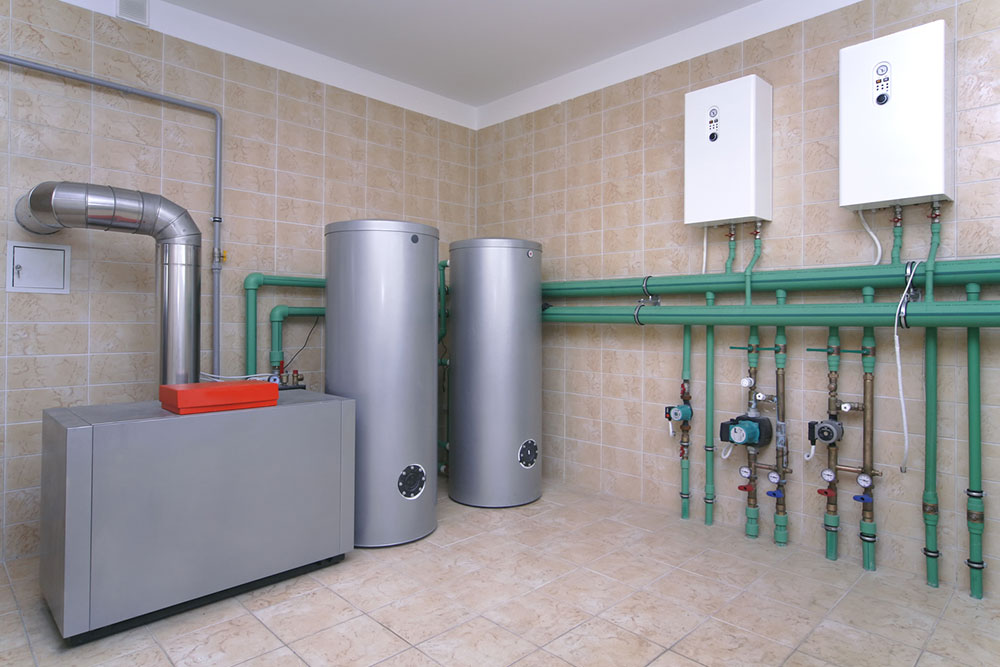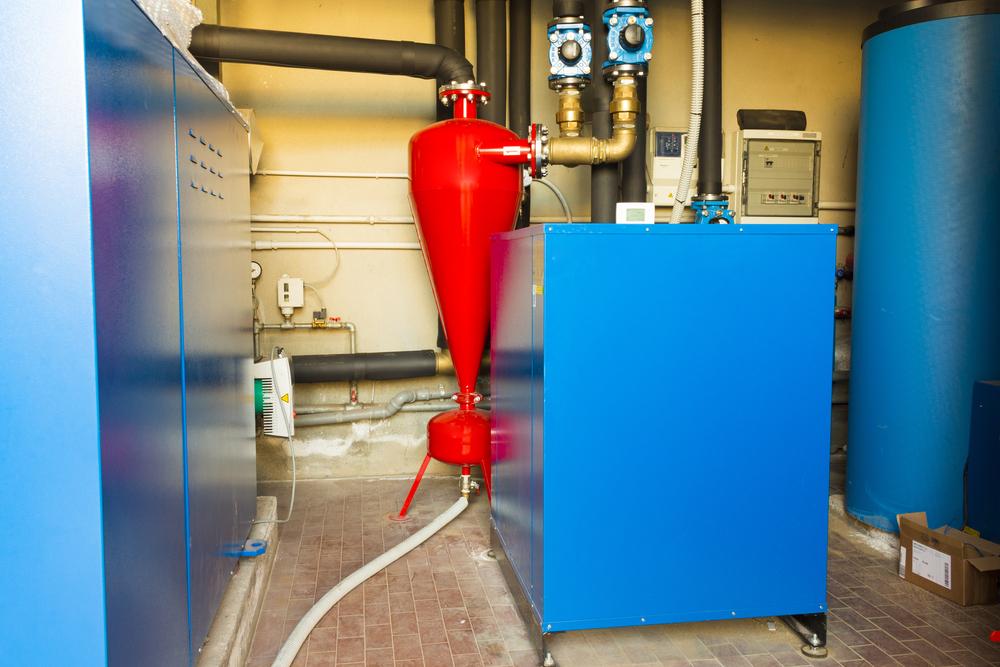Comprehensive Guide to Induction Melting Systems
Discover everything about induction melting systems in this comprehensive guide. Learn about their types, advantages, and applications in modern metallurgy. Induction furnaces offer clean, efficient, and precise melting solutions for various metals, making them essential in today's foundries seeking eco-friendly alternatives to traditional methods.
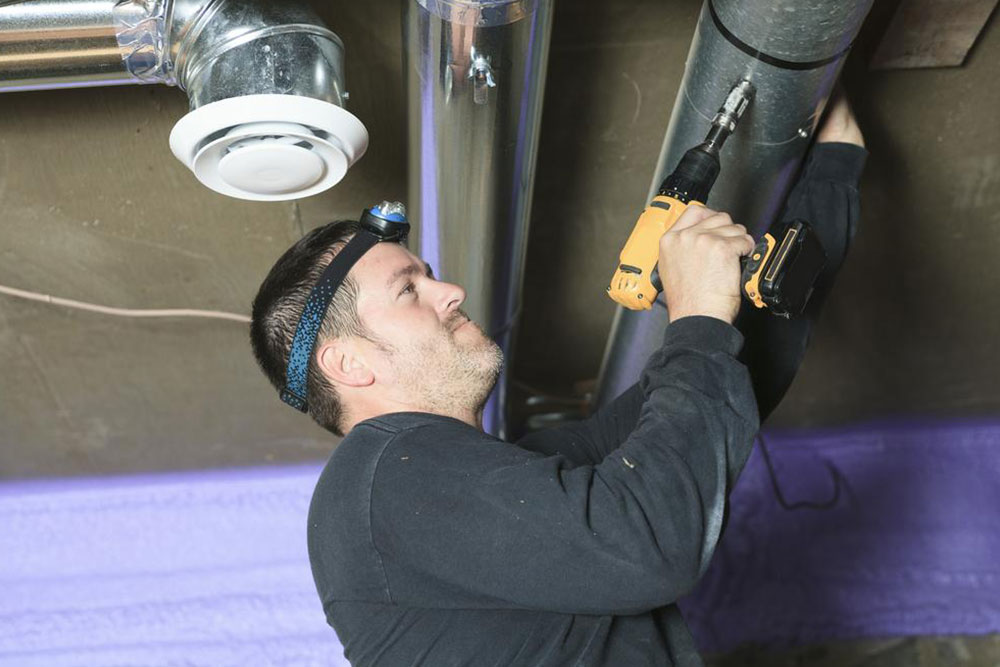
Comprehensive Guide to Induction Melting Systems
Induction melting systems are advanced electric furnaces that supply heat via electromagnetic induction, a process that efficiently transfers thermal energy. These systems excel in melting and alloying a broad range of metals, including steel, iron, copper, aluminum, and precious metals, with minimal material wastage. Ranging from under one kilogram to 100 tons, induction furnaces are known for their cleanliness, precise control, and energy efficiency, making them preferred in modern foundries. Many facilities are transitioning from traditional cupolas to induction systems to reduce environmental pollution and improve operational efficiency.
The primary challenge with induction melting is its limited refining capabilities, which may lead to some loss of alloying elements through oxidation.
Induction furnaces are mainly categorized into two types, each suited for specific applications:
Coreless Induction Furnaces: Featuring a helically wound copper coil as the core component, these furnaces have largely replaced crucible types, especially for high-melting alloys. They are extensively used to melt all grades of steel, iron, and various non-ferrous alloys.
Channel Induction Furnaces: These consist of a refractory-lined steel shell containing the molten metal. They are primarily used for melting low-melting-point alloys and as superheaters for higher-melting materials like cast iron. Additionally, channel induction furnaces serve as holding units for metals pre-melted in coreless furnaces, helping reduce overall costs by limiting peak power demands.
The benefits of adopting induction melting technology include:
Consistent product quality
Increased productivity
Enhanced alloy integrity
Longer equipment lifespan
Environmentally friendly operations
Lower energy consumption

